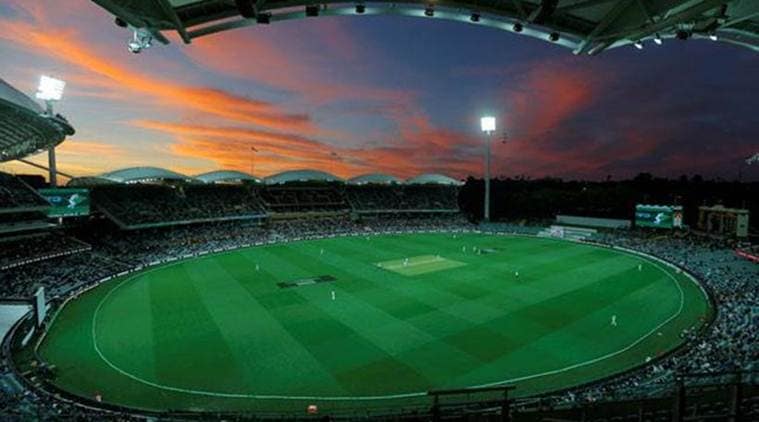 The new six-year deal, which includes coverage of the Big Bash, women’s cricket and digital streaming rights to Foxtel, replaces a five-year, A0 million contract struck in 2013. (Source: Reuters)
The new six-year deal, which includes coverage of the Big Bash, women’s cricket and digital streaming rights to Foxtel, replaces a five-year, A0 million contract struck in 2013. (Source: Reuters)
Channel Nine, which brought Australian cricket to a global audience over the past four decades, lost a bidding duel for broadcasting rights to free-to-air broadcaster Seven and its pay TV partner Foxtel.
The new six-year deal, which includes coverage of the Big Bash, women’s cricket and digital streaming rights to Foxtel, replaces a five-year, A$590 million contract struck in 2013 that gave broadcast rights to free-to-air stations Nine and Ten Network. Apart from the Big Bash, Foxtel also has the rights to simulcast Tests and limited-overs matches.
Nine’s counter-offer
$500 million: That’s the amount Nine had paid Cricket Australia in the last rights deal, but the lucrative Big Bash rights were snapped up by Ten Network. Last week, they increased their bid to around $900 million for a six-year deal. CA remained unmoved by their counter-offer. That’s how Seven and Fox came into the picture.
$75 million: Seven has committed to estimated annual payments of $75 million or $450 million over six years. Meanwhile, Foxtel will pay $105 million a season ($630 million in total).
$200 million: Seven/Foxtel’s production cost is expected to exceed $200 million for six years.
Tit-for-Tat approach
Channel Seven’s foray into cricket telecast seems to be their way of getting even with Nine, who won the tennis broadcast rights from 2020.
$300 million: That’s the cost of Nine’s five-year agreement with Tennis Australia. The deal brings to an end Seven’s monopoly on tennis broadcast in Australia, which dates back to 1973.
Immediate concern
Seven still holds the rights for next year’s Australian Open. How it juggles the Australian Open with its inaugural broadcast of the Big Bash will be their most pressing challenge.
$40 million: That’s the amount Channel Nine stands to lose every summer without their cricket broadcast.
Channel Nine still has the exclusive deal to broadcast the 2019 Ashes in England as well as the ICC World Cup, also scheduled for next year.
$ 100 million: That’s the amount Cricket Australia will earn from the new broadcast deal. It still falls short of the prescribed target of $150m a year to meet its obligations to players under last year’s fiercely negotiated deal.
Nine’s innovations: (A Timeline)
1977: The introduction of the white ball – they tried yellow first – coloured clothing, multi-camera angles, stump cams and floodlit games that came along with the inception of World Series Cricket.
1990s: Speed Gun — measuring the speed at which a bowler bowled — was used by Channel Nine by the late 1990s. Other broadcasters too jumped on the bandwagon, but much later.
2005: Channel Nine introduced Hawk -Eye that used multiple cameras to produce a projection of the ball’s trajectory. The revolutionary Snickometer or “Snicko” used videos to determine whether a ball had taken a bat’s edge. The other element of technology was Hot Spot, first used by Channel Nine using a unique infra-red system to determine if the ball hit the bat or pad in appeals for LBWs and catches.